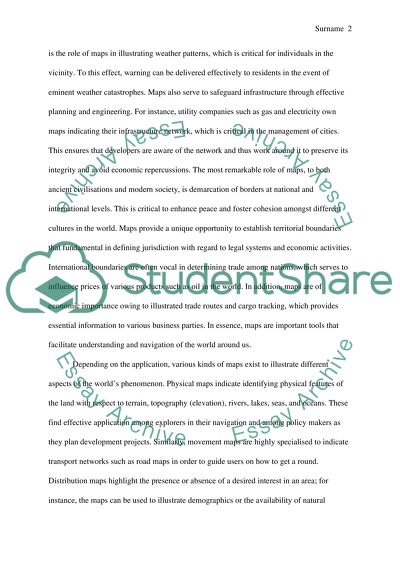Cite this document
(“The geographical history of Map making Research Paper”, n.d.)
Retrieved from https://studentshare.org/geography/1478833-the-geographical-history-of-map-making
Retrieved from https://studentshare.org/geography/1478833-the-geographical-history-of-map-making
(The Geographical History of Map Making Research Paper)
https://studentshare.org/geography/1478833-the-geographical-history-of-map-making.
https://studentshare.org/geography/1478833-the-geographical-history-of-map-making.
“The Geographical History of Map Making Research Paper”, n.d. https://studentshare.org/geography/1478833-the-geographical-history-of-map-making.


